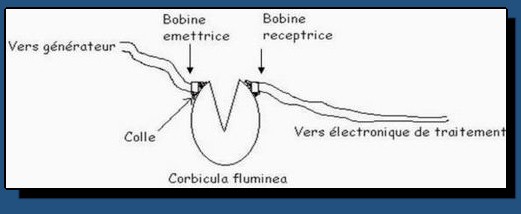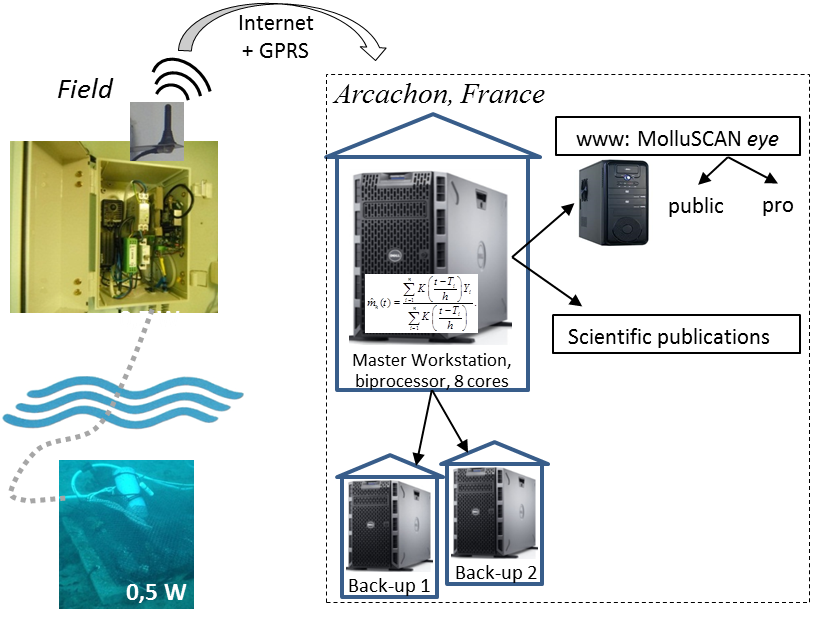

|
The Internet of Things The MolluSCAN eye project belongs to the Internet of Things which is is the interconnection of uniquely identifiable embedded computing devices within the existing Internet infrastructure.
Taking measurements:
|
|
|
|
|
|
The electronics of the valvometer covers four main functions: 1 - Measuring the opening of the valves:
|
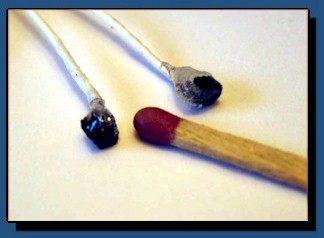 |
|
|
|
|
|
|
|
The electronic equipment is composed of two parts. A waterproof encased unit which is submersed next to the animals. A dry unit which transmits the data via cellular network (GPRS or directly ethernet sockets) to the master server at our lab in Arcachon, France. |
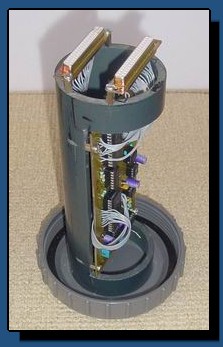 |
|
|
|
|
3 - Data handling The remote device is a rugged, full-blown microcomputer system running the Linux operating system. The two parts of the device collectively draw a low one Watt of power which can be supplied by battery or solar. The waterproof unit consumes one third Watt and can run standalone as a data logger. And due to amplification processes which have been significantly improved with technology and experience gained from the intense research over the years, the precision of the critical distance measured between electrodes is reliably very high. |
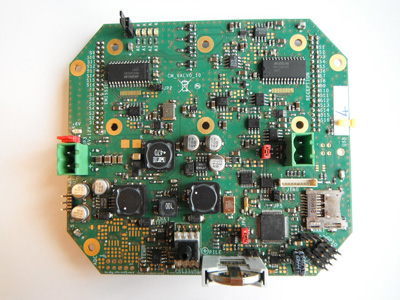 |
|
|
|
|
4 – Transferring recordings
Data collected from the monitored mollusks in the field are analyzed in the Data Center in Arcachon, France. During the last year the program we use at the project’s server have evolved significantly with the hastened pace of research. Multiple PhD thesis are in progress. Mathematicians have developed a keen interest in the project not only because they are helping protect the planet, but also because each remote monitoring unit produces a robust 864,000 triplets of data points per day every day The output of this electronic devices is embedded within the internet infrastructure. It is today a working example of the Internet of Things.
Data collected from the monitored mollusks is analyzed by programs at the project’s server which have evolved significantly with the hastened pace of research. New theories in applied mathematics used to process the collected data have resulted in a PhD thesis in chronobiology, granted in 2011. Two other PhD grants are planned for 2013. Mathematicians have developed a keen interest in the project not only because they are helping protect the planet, but also because each remote monitoring unit produces a robust 864,000 triplets of data points per day every day - See more at: http://m2mworldnews.com/2013/04/19/68743-telit-technology-enables-the-molluscan-eye-project/#sthash.9se2fjtR.dpuf
|
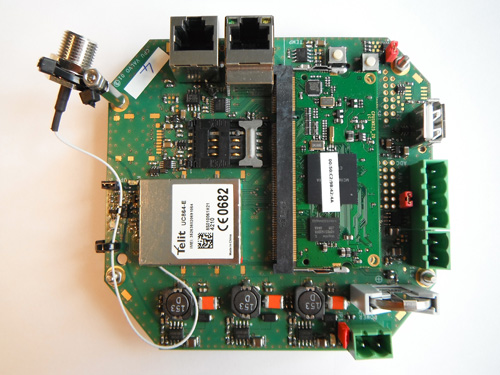 |
|
|
|
|
The author has published a paper entitled: “Les Postes d'Electrophysiologie - Conception, montage, câblage”, available at: www.epoc.u-bordeaux.fr/images/ciret.pdf Abstract: Originally written to optimise the design of electrophysiology stations, this paper gives all sorts of hints for getting rid of problems of static interference, ground loops, background noise, in measuring or instrument systems. Key words: instrumentation - interference - electromagnetic compatibility - 50 Hertz – ground loops |
|
